Animals
-
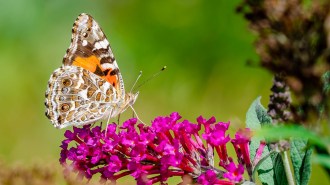 Life
Life76 percent of well-known insects fall outside protected areas
Protected areas can provide safe havens for insects, but many existing ones fall short, a new study finds.
By Freda Kreier -
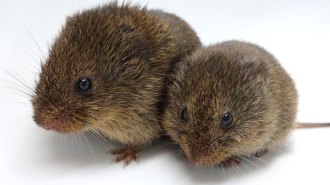 Animals
AnimalsPrairie voles can find partners just fine without the ‘love hormone’ oxytocin
Researchers knocked out prairie voles’ oxytocin detection system. They weren’t expecting what happened next.
-
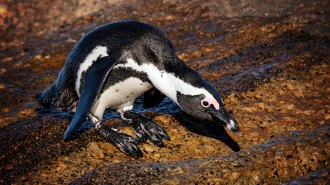 Life
LifeBirds that dive may be at greater risk of extinction
For birds, a diving lifestyle seems irreversible, evolutionarily speaking. The inflexibility possibly increases diving birds’ chances of going extinct.
By Jake Buehler -
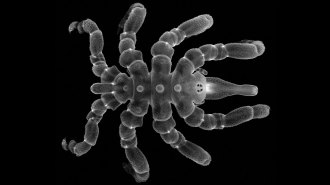 Animals
AnimalsSome young sea spiders can regrow their rear ends
Juvenile sea spiders can regenerate nearly all of their bottom halves — including muscles and the anus — or make do without them.
-
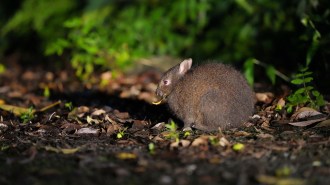 Animals
AnimalsA rare rabbit plays an important ecological role by spreading seeds
Rabbits aren’t thought of as seed dispersers, but the Amami rabbit of Japan has now been recorded munching on a plant’s seeds and pooping them out.
-
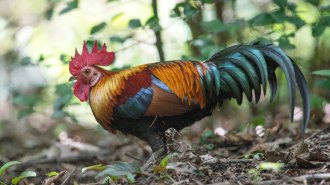 Animals
AnimalsChicken DNA is replacing the genetics of their ancestral jungle fowl
Up to half of modern jungle fowl genes have been inherited from domesticated chickens. That could threaten the wild birds’ long-term survival.
By Jake Buehler -
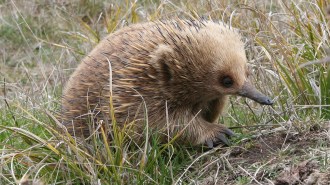 Animals
AnimalsThese adorable Australian spike-balls beat the heat with snot bubbles
An echidna’s snot bubbles coat the spiny critter’s nose with moisture, which then evaporates and draws heat from the sinus, cooling the blood.
By Elise Cutts -
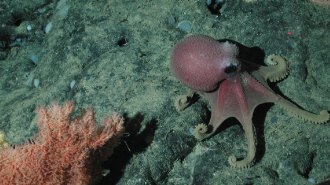 Science & Society
Science & SocietySea life offers a lens for self-exploration in ‘How Far the Light Reaches’
In a collection of essays profiling 10 marine animals, author Sabrina Imbler mixes in stories of their own family, self-discovery, sexuality and healing.
By Aina Abell -
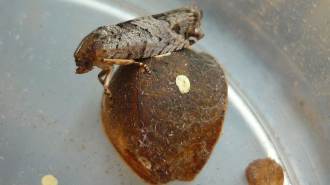 Animals
AnimalsJumping beans’ random strategy always leads to shade — eventually
Jumping beans use randomness to maximize their chances of getting out of the sun’s heat, a new study finds.
-
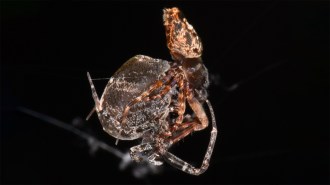 Animals
AnimalsThese are our favorite animal stories of 2022
Goldfish driving cars, skydiving salamanders and spiders dodging postcoital death are among the critters that most impressed the Science News staff.
-
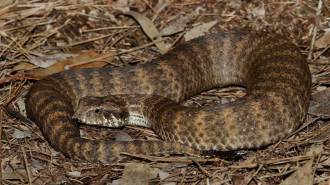 Animals
AnimalsScientists thought snakes didn’t have clitorises. They were wrong
Snakes were long thought to be the only reptile group to lack clitorises. But new findings suggest the sex organs are present after all.
By Jake Buehler -
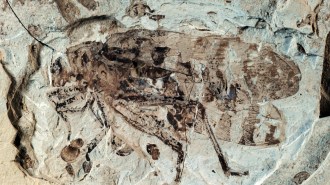 Paleontology
PaleontologyKatydids had the earliest known insect ears 160 million years ago
Fossils from the Jurassic Period show katydid ears looked identical to those of modern katydids and could pick up short-range calls.